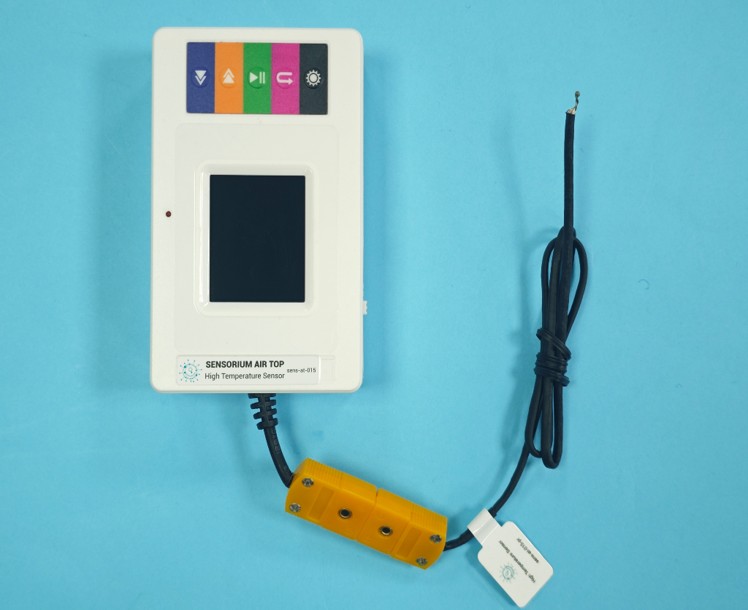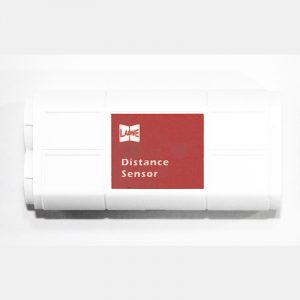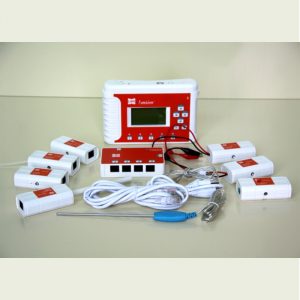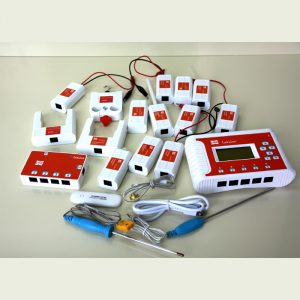
Wireless current sensor
August 1, 2025
Wireless Humidity Sensor
August 1, 2025Wireless Thermocouple Sensor
$281.00
Range: -200°C to 1,200°C; Resolution: ±0.5°C.
I. Working Principle
The thermocouple sensor employs a thermistor as the sensing element, directly converting temperature variations into changes in resistance value. These changes are then processed through a bridge circuit to convert them into voltage variations, which are amplified and output.
II. Specifications
Range: -200°C to 1,200°C; Resolution: ±0.5°C.
III. Structure and Features
1. Equipped with a 1.8-inch color LCD screen;
2. Configured with five functional buttons for simple and convenient operation;
3. Supports high-speed USB data transfer for rapid communication with data acquisition devices;
4. Enables wireless communication with experimental terminals;
5. Features a built-in high-capacity removable battery;
6. Includes a sensor interface with snap fasteners, compatible with standard sensors for combined experiments;
7. Provides fixed mounting points for integration with traditional equipment on iron stands;
8. Supports iOS, Android, Windows, and other operating systems.
IV. Typical Applications
The thermocouple sensor serves as a replacement for thermometers in chemistry, physics, biology, earth science, and environmental science experiments. Typical applications include measuring temperatures inside and outside flames, petroleum distillation, endothermic/exothermic experiments, and thermal effects of light.
V. Note
This product is suitable for educational use only and not intended for industrial, medical, research, or commercial applications.
VI. Usage Tips
1. The thermosensitive element of the thermocouple sensor is located at the tip of the metal probe. Ensure full contact between the probe tip and the measured object during use;
2. Protect the metal probe from excessive pulling, pressing, or other mechanical stress;
3. Avoid rubbing or striking the metal probe against hard surfaces;
4. Do not use in highly corrosive environments.





Reviews
There are no reviews yet.